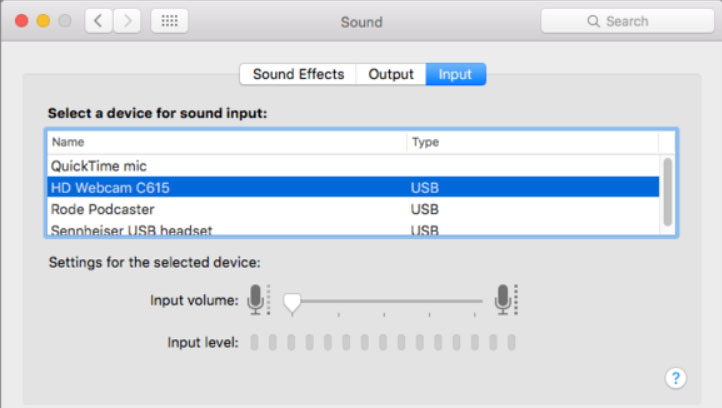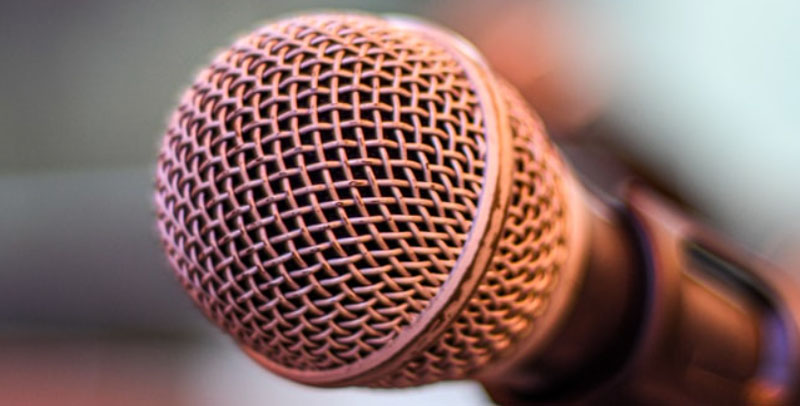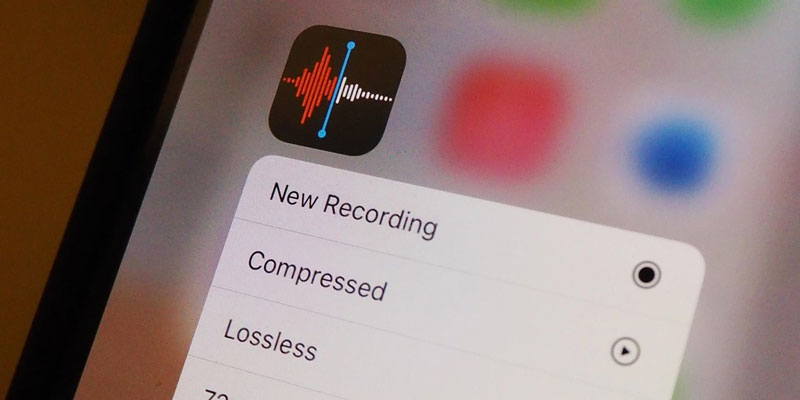Most people do not worry that their conversations will be listened to because they keep some information a secret when they worry about tapping microphones.
However, the most likely explanation is that you are merely being investigated randomly. There is also the possibility, which is not out of the realm of possibility at all, that NSA-scale audio-to-text extraction could, in the future, become something that criminal syndicates find beneficial due to the inevitable fall in the cost of computational power.
Audio that has been mass snatched could be analyzed to determine its context, such as when you recited credit card information out loud or discussed a sensitive business topic. Everything that is technically possible right now but can't be done because of the scale required will one day be possible.
The question now is, what actions can you take if you do not want your microphones to be active and a piece of tape will not do the trick? After consulting with authorities in security and hardware, I discovered that there is a staircase you may descend.
However, because Apple laptops arrange, some sound will still bleed if you cover the speaker. The tape may serve as a reminder, given Zuckerberg's skill, that he made a more substantial alteration to software or hardware
Set Microphone Input to Zero

You can begin with a graphical interface and access the Sound system preference pane. For each item listed in the Input tab, set the Input Space to zero (drag to the left) (drag to the left).
The input volume should be managed in this manner so that malicious software cannot make unwarranted use of an audio source. Software that can reset the input volume or take audio directly from a device before this option is applied may circumvent these settings or reset the input volume themselves.
Yet, it's the simplest and most effective adjustment you can make that has no other implications.
Monitor Microphone Use

Micro Snitch, developed by the same people who created the network activity detector Little Snitch, monitors the system for any activity involving audio or visual input. It was simply $4.
When it recognizes that a microphone has been turned on, it alerts OS X with a message and then displays a subtle animation window to indicate that the microphone is being used.
It is more likely that malicious software would activate it because it is at a lower level than the Sound preference pane and independently installed software that will not be caught on every Mac.
Micro Snitch is not capable of monitoring all input; for example, it informed me that it could not notify me of some USB-attached microphones; nonetheless, if your security is a primary concern, I advocate just attaching microphones on demand.
Remove the Drivers
The installation, removal, and modification of hardware drivers are not straightforward on Apple's operating system, unlike in Windows and Linux. This was intended as part of OS X's welcoming face in contrast to Windows' secrecy.
In addition to being annoying, it can hinder the process of troubleshooting problems by preventing you from using a system-provided interface to manage drivers. The National Institute of Standards and Technology's research on protecting
OS X for IT professionals was recommended to me by cryptography expert Kenn White. The disabling microphone input is mentioned in the report, but no instructions are provided on how to do it. It does provide a great deal of background information, and it's well worth your time to read it.
According to White, you can turn off audio for the entire system by deleting a few driver files in the Terminal software. Warning: As with unauthorized low-level changes, you may wind up with a useless system.
Make a copy of your data beforehand for a backup to fall back on if the worst happens. Using this will prevent any audio input or output and must be reapplied each time a system update restores any missing audio drivers.
Disable Audio Input Hardware
Disabling or removing your computer's physical hardware is the most in-depth option. This can be pretty simple. I questioned Kyle Wiens, the head of repair-guide and parts company iFixit. He claimed one might heat the solder for the audio port connections on a motherboard and remove the built-in microphone altogether.
On some models, this can be a lot simpler. There are two built-in microphones on the 2015 and 2016 MacBooks, but they are close together again and connected to a computer via a removable connection. Following iFixit's guide to replacing an audio port, you might alternatively unplug the mics, disconnect the entire assembly, or entirely remove the audio board.



